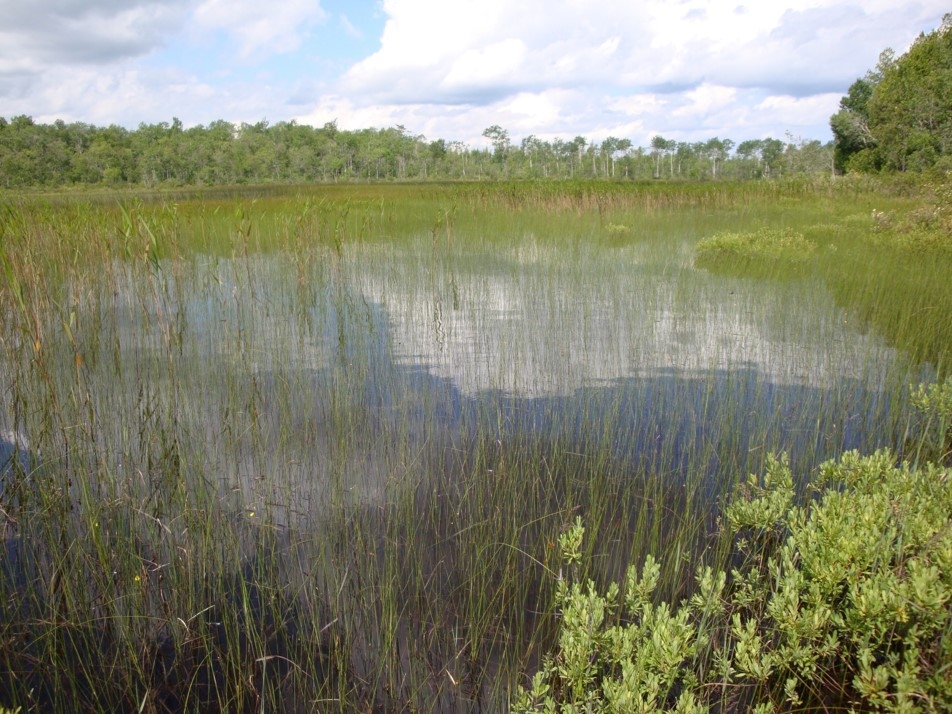Marsh Group

Marshes are herbaceous wetland communities found throughout Michigan. Marshes typically occur in association with aquatic features including the Great Lakes, inland lakes, abandoned lakebeds, ponds, rivers, streams, seeps, and beaver floodings. The soils range from inundated to saturated and are predominantly organics but can also include mineral soils. Water levels and soil saturation in Marshes can vary seasonally and from year to year. Natural processes that influence species composition and community structure of Marshes can include fluctuating water levels, seasonal flooding, storm waves, groundwater seepage, flooding by beaver, and fire.
Nine natural community types fall within the Marsh group, including submergent marsh, emergent marsh, Great Lakes marsh, inland salt marsh, coastal plain marsh, intermittent wetland, northern wet meadow, southern wet meadow, and interdunal wetland. Classification of these Marsh types is based on species composition, community structure, soil chemistry and composition, hydrology, geographic distribution, and landscape setting.
Citation
Cohen, J.G., M.A. Kost, B.S. Slaughter, D.A. Albert, J.M. Lincoln, A.P. Kortenhoven, C.M. Wilton, H.D. Enander, and K.M. Korroch. 2020. Michigan Natural Community Classification [web application]. Michigan Natural Features Inventory, Michigan State University Extension, Lansing, Michigan. Available https://mnfi.anr.msu.edu/communities/classification. (Accessed: December 14, 2025).

